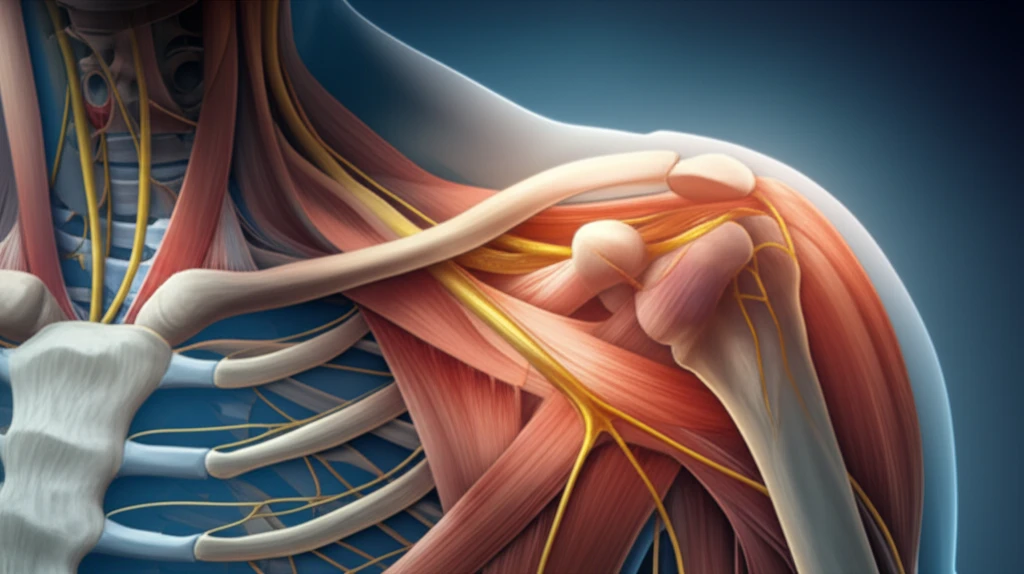
Unlocking Shoulder Pain Mysteries: How to Identify Hidden Conditions
"From subtle sprains to rare congenital issues, understanding the root cause of shoulder pain is crucial for effective treatment."
Shoulder pain is a common ailment that can significantly impact daily life. While many cases stem from well-known issues like rotator cuff tears or arthritis, sometimes the source of discomfort is more elusive. Identifying these hidden conditions is the first step toward effective treatment and lasting relief.
Recent research and case studies highlight the importance of thorough examination and advanced diagnostic techniques to uncover the underlying causes of shoulder pain. These insights reveal that seemingly straightforward symptoms can be linked to unexpected conditions.
This article explores several less-common causes of shoulder pain, offering a comprehensive guide to understanding these conditions and navigating the path to diagnosis and recovery.
Distal Thoracolumbar Fascia Sprain: An Overlooked Cause of Referred Pain

The thoracolumbar fascia is a large, diamond-shaped area of connective tissue in the lower back. While it's primarily associated with back pain, injuries to this area can sometimes manifest as referred pain in the shoulder region.
- Symptoms: Pain may manifest as stabbing pain, particularly when sitting or engaging in activities.
- Diagnosis: Diagnostic ultrasound can reveal a hypoechoic, thickened fascia near its insertion on the iliac crest.
- Treatment: Autologous Conditioned Plasma (ACP) injections, guided by ultrasound, can provide significant and lasting pain relief.
Empowering Your Shoulder Health Journey
Navigating the complexities of shoulder pain requires a collaborative effort between patients and healthcare professionals. By staying informed, advocating for thorough evaluations, and exploring a range of treatment options, individuals can take control of their shoulder health and find lasting relief. Whether it's addressing a distal thoracolumbar fascia sprain, managing a brachial plexus injury, or understanding the implications of Sprengel's deformity, knowledge is the key to a healthier, pain-free future.
